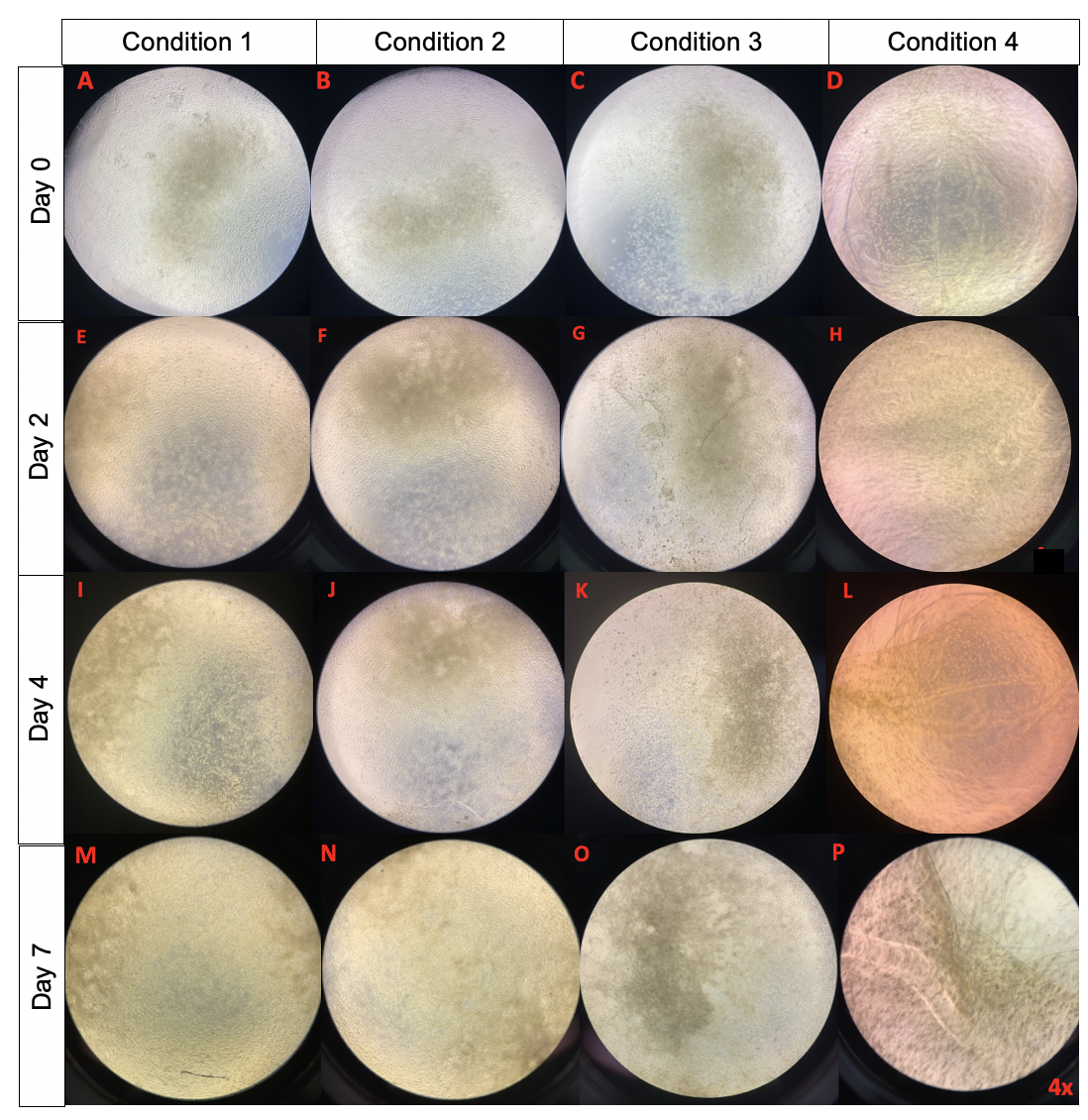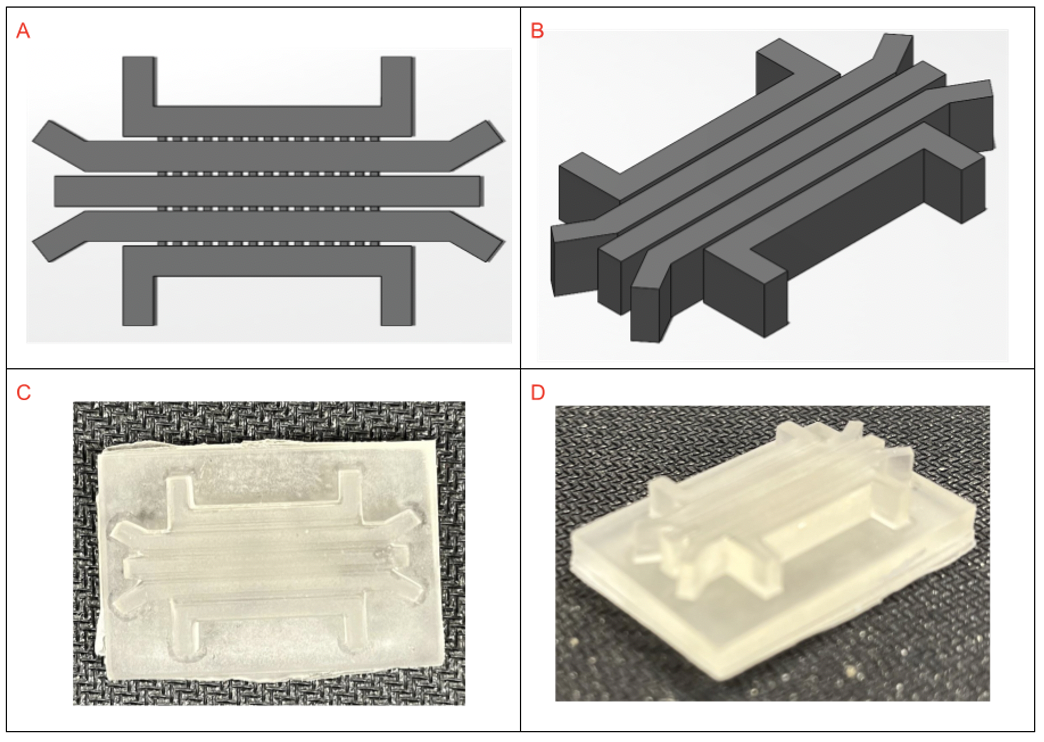

This video contains proprietary information and cannot be shared publicly at this time.
Figure 1

Figure 2

Team 21
Team Members |
Faculty Advisor |
Grace Goetz |
Dr. Syam Nukavarapu Sponsor UConn Biomedical Engineering Department |
sponsored by
Sponsor Image Not Available
Joint-on-a-Chip Microfluidic Device for Osteoarthritis Disease Modeling
Osteoarthritis is a debilitating degenerative disease affecting almost 630 million people worldwide, characterized by inflammation, fibrosis, subchondral bone changes, and loss of articular cartilage. Although it effects a wide-spread population, effective models to understand disease pathology and test drug efficacy are lacking. Hence, our project aims to develop a device to induce osteoarthritis in-vitro for rapid disease modeling and potential drug efficacy testing. To accomplish this, we developed a microfluidic device (joint-on-chip), to introduce pro-inflammatory cytokines of IL-1B and TNF-alpha to induce the osteoarthritis phenotype. The microfluidic device consists of a series of perfusion channels and cell culturing conduits with pillar-wall architecture to allow diffusion and interaction between channels. Human chondrocyte cells were seeded in a 1.2% alginate gel to also prevent increased fluidity and movement. We utilized 3D printing technology to create the negative mold for PDMS curing, but were quickly met with design iteration challenges due to printing precision. In addition to device fabrication, we developed an experimental protocol for the device use, which we simulated in cell culture dishes. In this we introduced IL-1B and TNF-alpha solution and analyzed human chondrocyte cells for MMP13 levels, with an increase indicating osteoarthritis. Future work includes continuing to optimize the device for precise printing, testing of the simulated experimental protocol within the device, and eventual anti-inflammatory drug efficacy testing.
